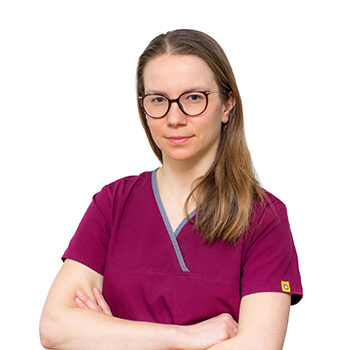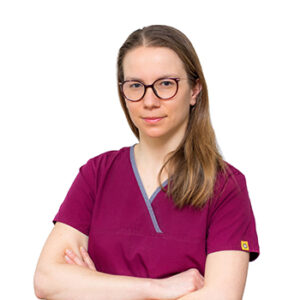Night seizures should not be confused with night terrors or sleepy myoclones, which are single muscle spikes that occur in many people and are a natural phenomenon. It should be remembered that, unlike epileptic seizures, they do not wake up from sleep, are usually single, and the child has his eyes closed during the seizures.
The first symptoms of epilepsy in a child
In fact, the first symptoms of epilepsy can appear at any time. The onset of seizures is then observed. Fever, infection, sleepless night, stress, exposure to strobe light, and many others may be factors when the first epileptic seizure occurs. However, as is apparent from the definition of epilepsy, to find it, seizures should be unprovoked, i.e. they should also occur regardless of other factors.
If epilepsy is suspected, you should see a doctor urgently. Before the visit, it is also worth preparing properly, that is:
- write down the circumstances in which the seizure occurred;
- describe his exact course and duration;
- if possible, it's worth it record a video.
Of course, in the event of the first seizure, especially one in which you are unconscious, you should seek medical attention immediately. If left untreated, seizures can be life and health-threatening and their occurrence can negatively affect the child's functioning and mood.
Epilepsy and child development
Not all epilepsy is associated with a decline in a child's development. However, it should be remembered that the child's brain is developing very intensively. During this period, connections between neurons are formed. The child is constantly learning, acquiring many new skills and remembering a large amount of information. Unfortunately, the occurrence of seizures can significantly hinder these processes. In more severe forms of epilepsy, its course may even lead to a decline in development.
Some types of seizures also carry additional risks to the health of your baby, as the loss of consciousness or a sudden drop in muscle tone may result in injury.
In some patients, epilepsy coexists with other disabilities. However, much more often the occurrence of this disease is observed in children born prematurely, as well as in the family history of this condition or after a stroke (including bleeding into the central nervous system in the perinatal period). Epilepsy may also occur in children diagnosed with autism spectrum disorders and intellectual disabilities.
Other causes of epilepsy in children
The so-called traumatic epilepsy in children. It may be caused by serious injuries suffered by the child. Epilepsy can also be a complication of a severe infection involving the nervous system that can occur in utero as well as after birth. Therefore, it is very important to prevent infections - by avoiding infections and vaccination, as well as prompt and effective treatment of infections.
The causes of epilepsy also include the following diseases:
- autoimmune;
- metabolic;
- proliferative within the nervous system.
If epilepsy is suspected, the child should be looked after by a pediatric neurologist who will decide on diagnosis and treatment.
Epilepsy and normal EEG in a child
It is an important test in the diagnosis of epilepsy and its treatment electroencephalographic examination (abbreviated as EEG). The principle of operation is similar to the EKG test, except that The electrical potentials analyzed during this examination are generated in the brain (primarily in the cortex) and electrodes used to read them are placed on the patient's head.
EEG testing is painless. Instead, it requires basic cooperation with the patient. The test can be performed in both sleep and wakefulness because the brain works differently in and between these two states. It is the doctor who should decide under what conditions this test should be performed.
In addition, during the EEG test, the so-called provocative attempts. Most often it is:
- sleep deprivation, i.e. performing a test after a sleepless night;hyperventilation, that is, regular, minimum 3 minutes of deep breathing;
- photostimulation, i.e. the use of flashes of light with specific flashing frequencies.









